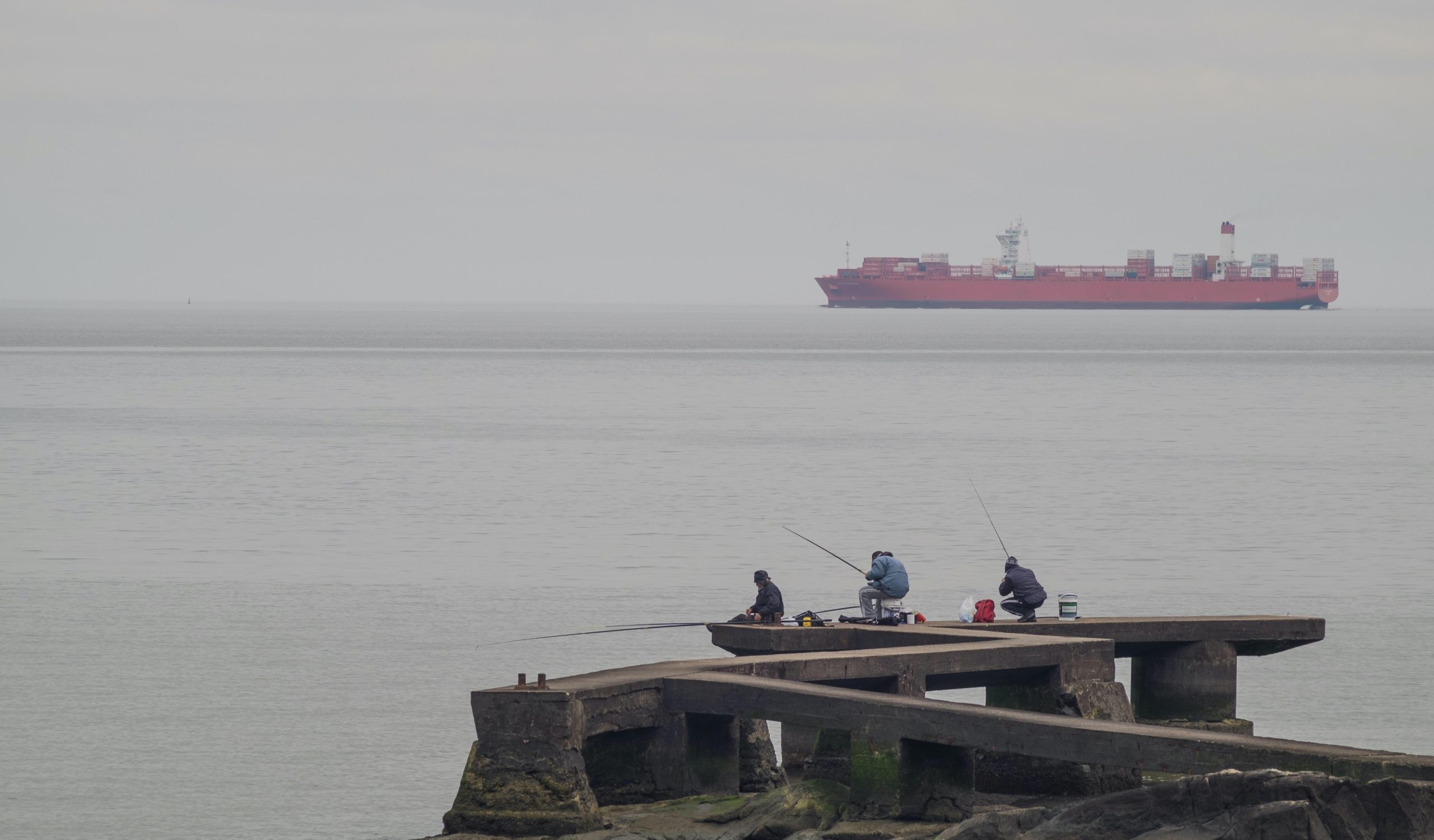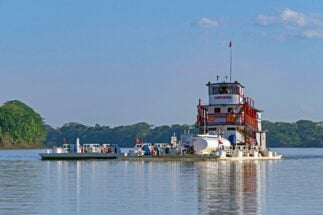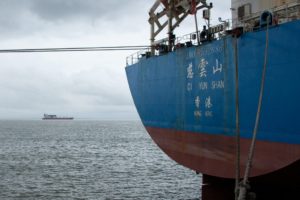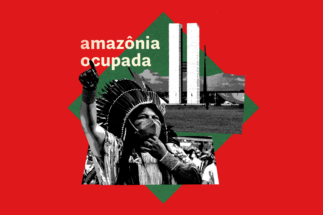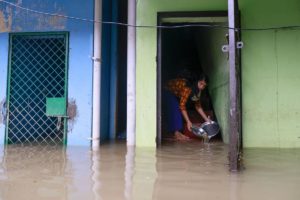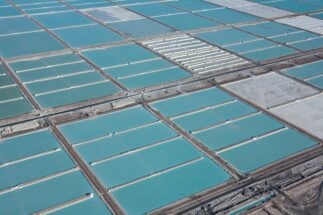Argentina is preparing an international tender for works on the Magdalena Channel, a proposed river passage providing new access for ships entering or leaving the Río de La Plata and the Paraná–Paraguay waterway – the route that connects five countries in South America, and through which 75% of Argentina’s foreign trade moves. The project is considered a potential strategic boost by its proponents, but has also been met with controversy and doubts over its suitability.
Though the river is wide and deep at its Atlantic mouth, the shallower waters and narrowing shores of Argentina and Uruguay create something of a bottleneck for shipping on the Río de la Plata. Currently, all ships entering and leaving the river – including those coming from Argentine ports on the Atlantic coast – have only one option: they must pass along the Punta Indio channel, a 95-kilometre-long route running northwest through Uruguayan waters close to Montevideo.
The Magdalena route would be built by modifying a natural channel in the Rio de la Plata that runs parallel to the shores of Buenos Aires. The channel is in Argentine waters and aligned with the direction of the river’s currents for 56 kilometres in a south-east direction. The cost of dredging to bring it to 11 metres deep and 150 metres wide, as well as signalling and maintenance costs, is reported to be between US$300 million and $500 million.
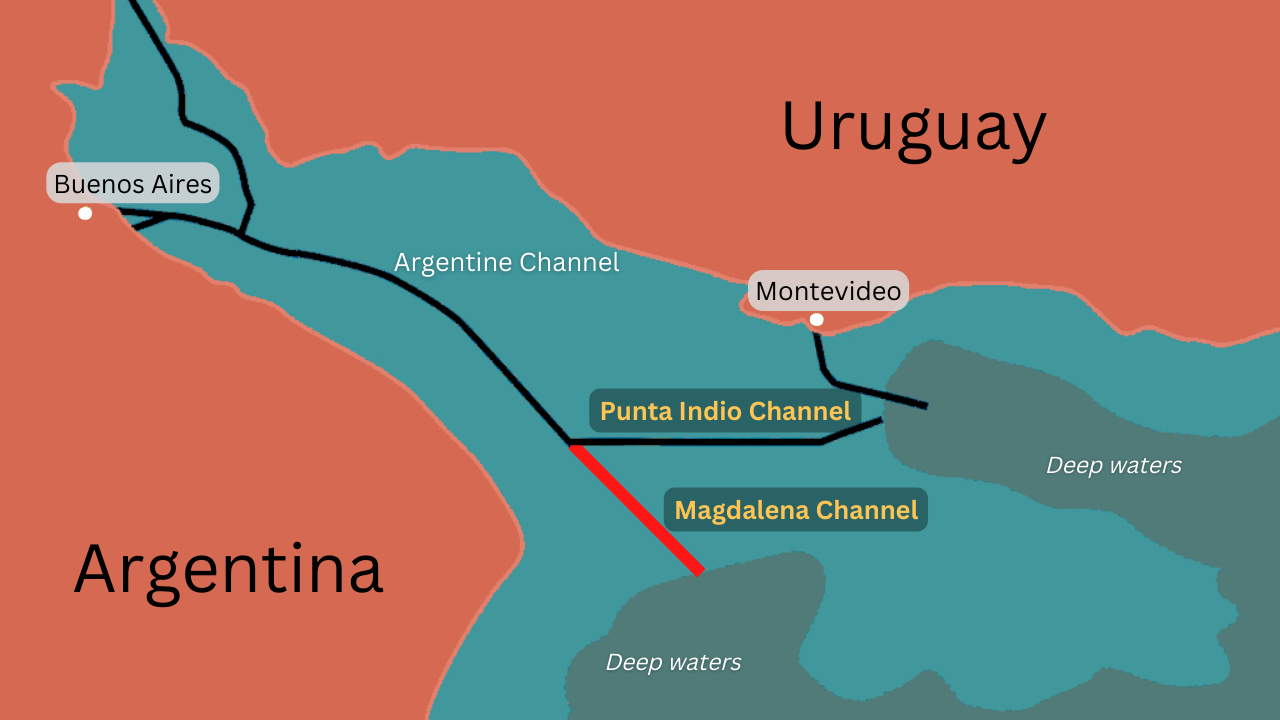
CEPA recently published a report in which it argues that the Magdalena Channel is a convenient alternative access route to the La Plata Basin that would provide financial and socio-economic benefits.
Among the main benefits it highlights are improvements in navigation times, lower costs for national navigation services, increased income from services that are currently provided exclusively by Uruguay, and better connectivity of river and sea. The channel would give increased autonomy for Argentina in its foreign trade, since shipments would no longer have to pass through Uruguayan jurisdictional waters.
The new channel would also be wide enough to allow for two-way traffic. The current Punta Indio channel is a single lane, which generates frequent delays in the entry and exit of ships, increasing the costs associated with the transport of exported or imported goods. In this regard, CEPA emphasises that a double lane channel will also “improve the safety conditions for river transport”.
Strategic role
Di Prinzio states that there are two “key factors” in their support for the Magdalena Channel: the need to retain dollars in the country and to stimulate the entry of more foreign currency. “In that sense, the genuine generation of foreign currency is the central point of this project,” she says.
With the Punta Indio Channel as the only entry and exit route, Uruguay benefits, because “65% of the delays in the Paraná–Paraguay waterway occur there and all the services generated by this wait are exploited by Uruguay,” according to CEPA.
For Lojo, without this route, “the system is incomplete and inefficient”. This inefficiency lies, he says, in the greater distances that all ships coming to or from southern Argentina must travel, at great logistical expense due to frequent waiting times – between one and seven days – and costs as high as US$40,000 a day, because there is only a single one-way channel.
“These waiting vessels receive services from Uruguay: water, foodstuffs, spare parts, technicians, waste removal and more. All this is estimated to be in the order of 150 million dollars a year,” Lojo explains. “The Magdalena Channel would serve to reduce waiting times, but if there were any, if a part of these ships were to wait near the Argentinean coasts, we would add a productive activity to supply the ships, for 30 or 40 million dollars a year.”
For the Port of La Plata president, the Magdalena Channel will allow Argentine producers to “improve their competitiveness” and consumers to “have lower prices” due to more efficient logistics.
Doubts from the private sector
Alfredo Sesé, technical secretary of the transport, infrastructure and waterway commission at the Rosario Stock Exchange (BCR), an organisation that brings together the main representatives of Argentine agribusiness, recognises that a modified Magdalena Channel would be beneficial for cabotage – domestic goods transport – to or from the south of Argentina, and for bulk carriers that have to deliver their cargo to the port of Bahía Blanca, in the south of the Province of Buenos Aires.
We are not opposed to any work, but we believe that there are other priorities, such as roads and railways
However, in the BCR’s assessment, savings through the Magdalena Channel would be limited. “More than 90% of Argentina’s flour and oil production comes out of the port hub of the Greater Rosario area, whose destinations would not require navigation through this channel to reach the ocean, as they are heading north and the Magdalena points south,” Sesé says. “Its impact on this production would be nil.”
Elsewhere, Argentina already positioned itself as the world’s leading exporter of soybean meal and oil during the 2020-21 season. Amid this already high output, Sesé emphasises that for the agribusiness sector, the Magdalena Channel is “a multi-million dollar project that is not one of the sector’s priorities”.
“We are not opposed to any work, but we believe that there are other priorities, such as roads that require maintenance to avoid accidents and lower costs, all of which have been waiting for years, and there is a need for investment in railways, too,” the BCR secretary says.
Comings and goings
A number of precursors to the Magdalena Channel project date back to the early years of the century, but it was in 2013, during the second government of now vice-president Cristina Fernández de Kirchner, that it gained concrete momentum: the route and width were defined and dredging was planned.

The proposed work obtained Uruguay’s approval in early 2016 under the Comisión Administradora del Río de la Plata (CARP), the binational body that regulates the shared use of the river, but the initiative became paralysed during the administration of former president Mauricio Macri.
It was not until 2021, with current incumbent Alberto Fernández in power, that the initiative regained momentum. A “special temporary executing unit” for the Magdalena Channel was created to call for tenders for the dredging, signalling and maintenance works. An environmental impact study was approved without objections the same year.
The work was included in the draft budget for 2022, put forward by the government last year. However, since the budget was not approved, the initiative has once again been stalled, this time due to lack of funds. It is now expected that the call for tenders will be made at the beginning of next year, once the 2023 budget is approved.
The international tender is expected to attract the interest of major players in the global dredging market, such as Belgium’s Jan de Nul, which has been operating on the Paraná-Paraguay waterway since 1995, and China’s CCCC Shanghai Dredging Company, which has experience in dredging the port of Mar del Plata on the Atlantic coast, and the Martín García channel further up the Río de la Plata, among other companies.
